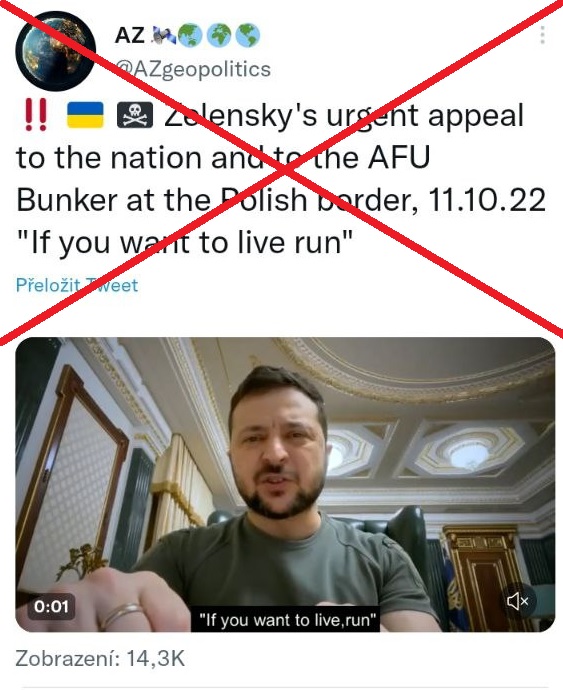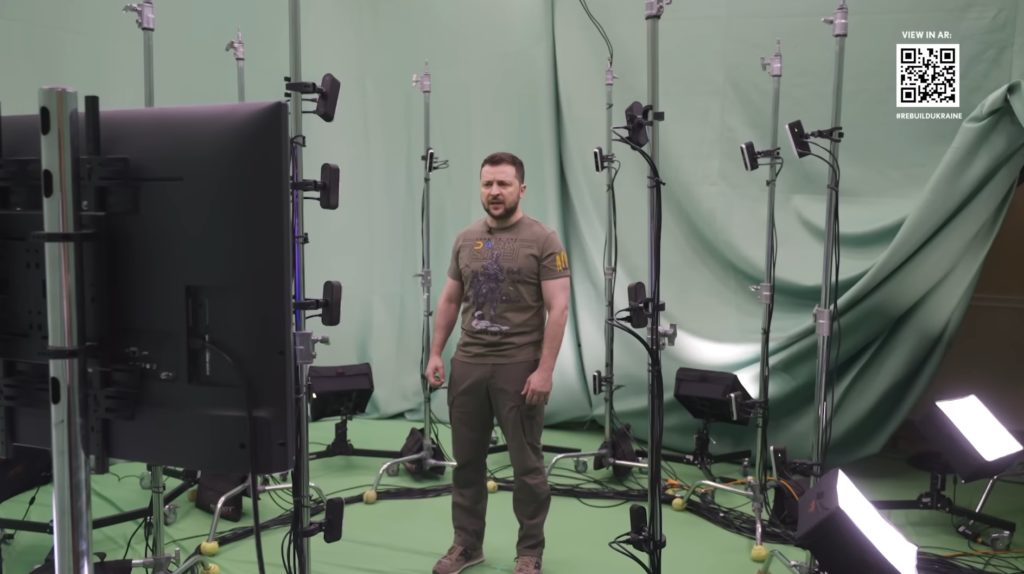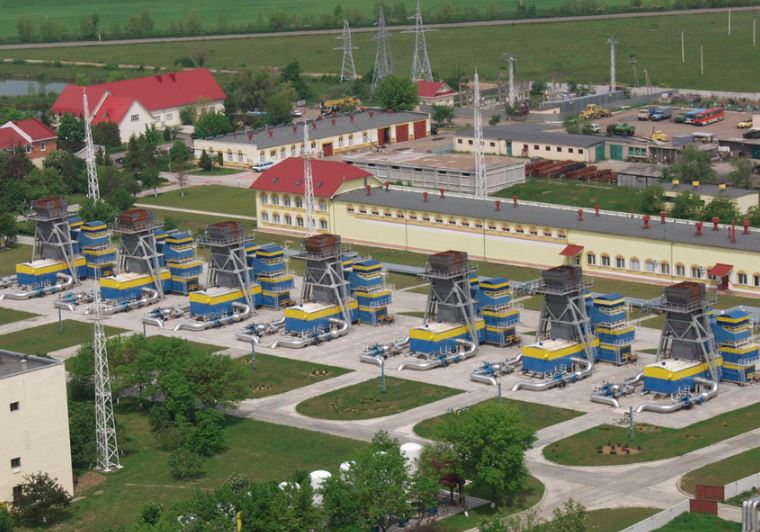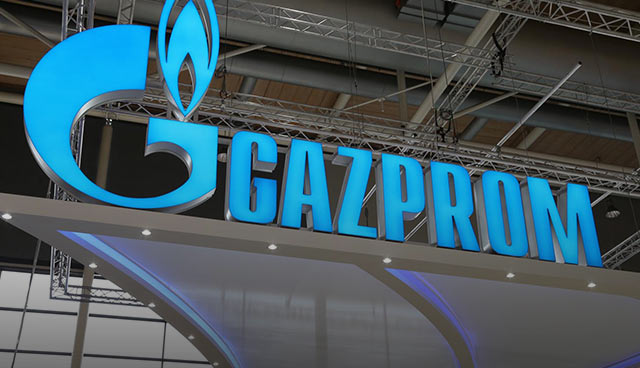After the bans on RT and Sputnik, Russian propaganda now increasingly relies on Telegram and Twitter, spreading false narratives that Russian strikes on Ukrainian infrastructure have sent Zelenskyy and western diplomats fleeing, and spreading conspiracies about the US blowing up the Nord Stream pipelines.
Undermining morale: Zelensky and European Embassies “flee Kyiv”
The October 10 strikes against Kyiv and other Ukrainian cities were almost immediately followed by a salve of disinformation. One widespread claim posited that because to the attacks, President Zelensky fled to a bunker in Western Ukraine or Poland. Georgian fact-checkers from MythDetector.ge linked the disinformation’s origin to the Telegram channel of Illia Kyva, a former Ukrainian MP who defected to Russia during the early months of the invasion. The same day, an ex-RT America correspondent Sameera Khan tweeted that Zelensky is hiding in a bunker. This was reiterated the following day by users like MI NEWS or UkraineNews, with posts that gained thousands of likes and hundreds of shares. The aforementioned accounts were started just this year, with much of their content focused on spreading pro-Russian narratives and disinformation about the war. The "Zelensky in a bunker" caim took on various forms. An account named AZgeopolitics shared a brief segment of Ukraine’s president talking to the camera in Russian, saying: “If you want to live, run.” According to the post’s text, the video was shot in a “bunker at the Polish border” and Zelensky’s appeal was aimed at the Ukrainian military and citizens. The most obvious "red flag" in this post is that the Ukrainian president is speaking Russian rather than Ukrainian, as he normally does when addressing Ukraine's citizens. In reality, the segment was taken from Zelensky’s address in late September and the quoted sentence was aimed at the Russian occupiers.

Nord Stream sabotage
Shortly after the explosions at the Nord Stream pipelines, a conspiracy appeared online that blamed the incident on the United States or one of its allies. While some researchers trace the disinformation’s origin to the US conspiracy theorist Darren J. Beattie, the Kremlin nevertheless weighed heavily into this narrative. According to the investigation by the European authorities, the incident was indeed likely a result of sabotage, although they have yet to identify a culprit. Russia does not take part in the investigation and therefore has no access to the evidence. Instead, Russian official channels use edited segments and out-of-context quotes from Joe Biden and Anthony Blinken criticizing Nord Stream, posing the statements as admissions of culpability. Within the week after the incident, Russian officials tweeted about Nord Stream 800 times, gaining 23,909 retweets and 59,578 likes.
Related:
- Meet the foreign journalists promoting Russia’s war propaganda
- Russian propaganda in war: fake “fact-checkers,” far-right conspiracies, and distracted progressives
- No-fly zones and other ways the international community can help Ukraine
- Popularity of Ukraine’s YouTube journalism overtakes pro-Russian TV





